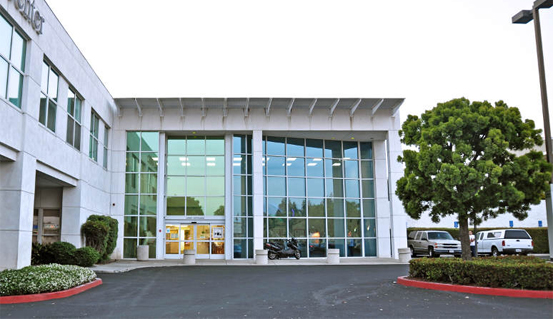Opiate and opioid are often used interchangeably, but they are two distinct classifications of drugs. Opiates are naturally occurring alkaloids obtained from the opium poppy (Papaver somniferum). Opioids can describe naturally occurring opiates, synthetically derived opiates or opioid peptides.
Opioid dependence can occur with continued use of these substances. Morphine-like opioids are well-known for their addictive properties and for the euphoric feelings that they produce, which leads many to use them recreationally. However, when opioids are abruptly discontinued, withdrawal syndrome can occur.
Drug addiction, including opioid addiction, is a complicated set of behaviors that occur due to misusing drugs. It typically occurs after a period of time and with an increasingly higher drug dosage. During extended drug use, the body physiologically adapts to the drug, leading to physical addiction. Once addiction or dependence occurs, individuals typically require opioid detoxification.
Opioid Detoxification
Instead of being referred to a detox program, some abusers are prescribed maintenance drugs like Methadone or Suboxone which alleviate withdrawal symptoms. Patients who forgo these drugs, due to their addictive risks, must decide how to deal with the painful effects of withdrawal. Since withdrawing from opioids is usually not life-threatening, some choose no treatment at all. Others choose to treat the withdrawal symptoms with medication such as clonidine. Patients who expect severe withdrawal symptoms or who have health issues that increase the risk of opioid detoxification, may opt for a gradual withdrawal in an inpatient licensed hospital opioid treatment program for additional medical supervision.
Opioid Detoxification History
Kleber et al. developed rapid opioid detoxification (ROD) in the 1980’s to reduce the length of hospitalization and to facilitate patient placement upon Naltrexone, an opioid antagonist. In the last 36 years, this process has been widely researched and further developed into its present form. The Waismann Method group, directed by Dr. Michael Lowenstein has been at the forefront of medical rapid opioid detoxification worldwide. With almost two decades of experience and an unparalleled reputation, Dr. Lowesntein carries four board certifications to compliment his work .
Anesthesia assisted rapid opioid detoxification appeals to patients who want to overcome their addiction in a humane and dignified manner. Most patients seeking the Waismann Method of Opioid Detoxification have tried numerous forms of treatment, from drug rehabs to Suboxone. They no longer want to suffer with opioid dependence, and they don’t want to experience painful withdrawal. Rather than sitting in groups for weeks or months listening to other people’s stories or being physically sick for weeks, they want to go to sleep and wake up on the way to recovery. It might sound like a miracle, but it’s just good medicine applied to addiction.
It’s important for patients or their loved ones to thoroughly research opioid detoxification centers before choosing one. Anesthesia assisted rapid opioid detox is not a standardized medical procedure. Multiple variables are involved including the type of facility, the anesthetic agents utilized, the anesthesiologist’s experience, the level of sedation and of respiratory support, the antagonist or combinations used, the doses and method of delivery of the antagonist(s) (NG tube versus IV), the procedure duration and the intensity and length of inpatient monitoring afterward. Each of these crucial variables affects the safety and efficacy of opioid detoxification.

